1
2
3
4
5
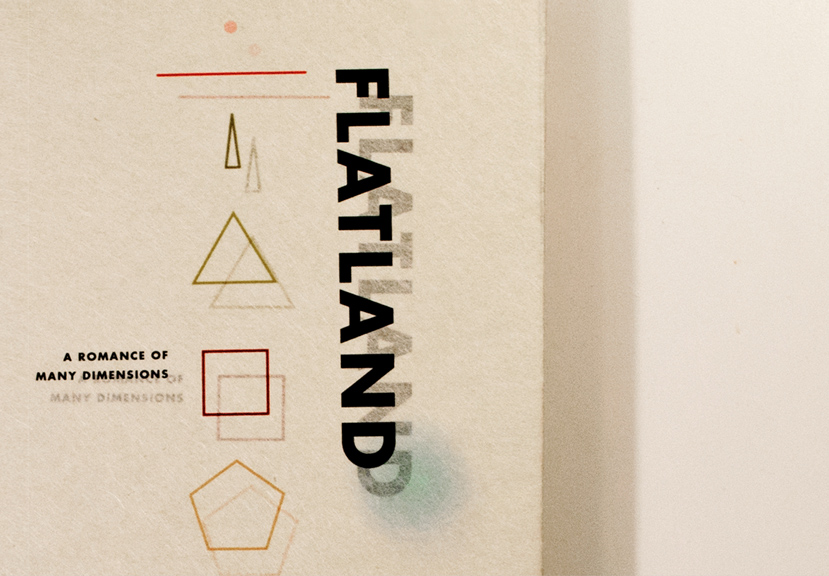
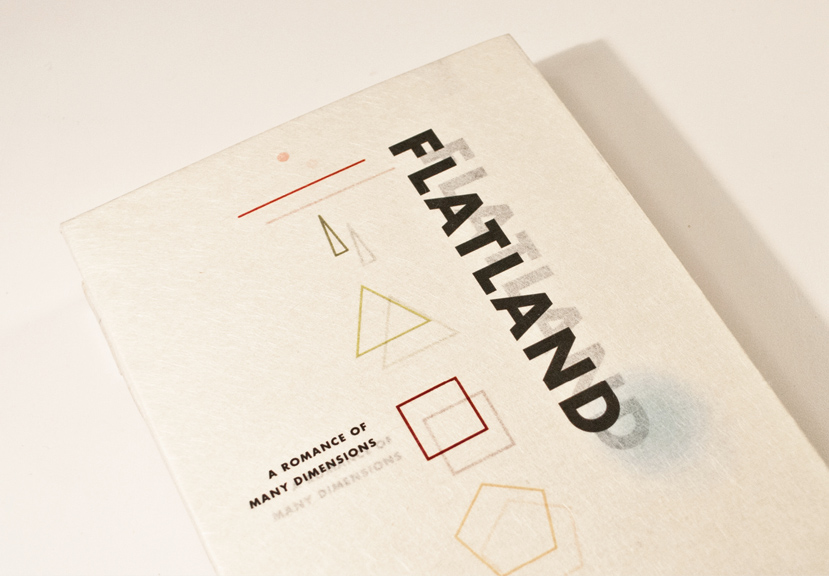
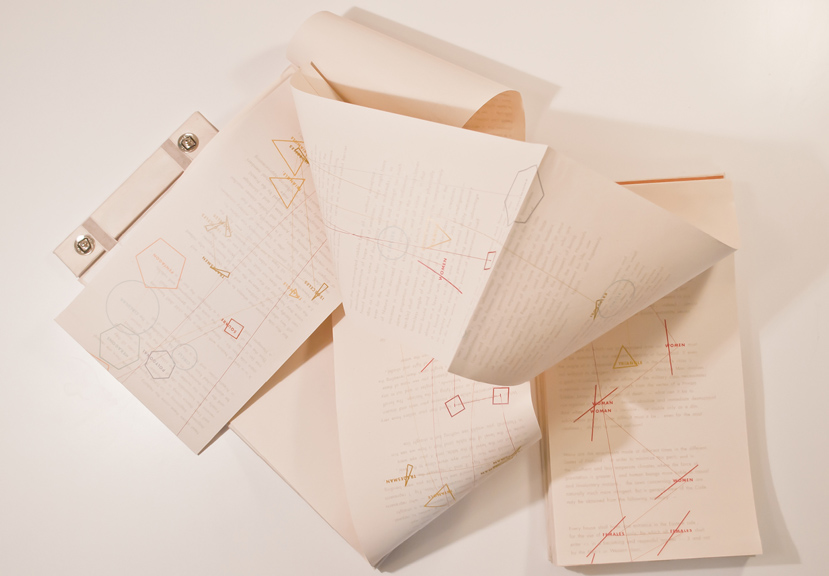
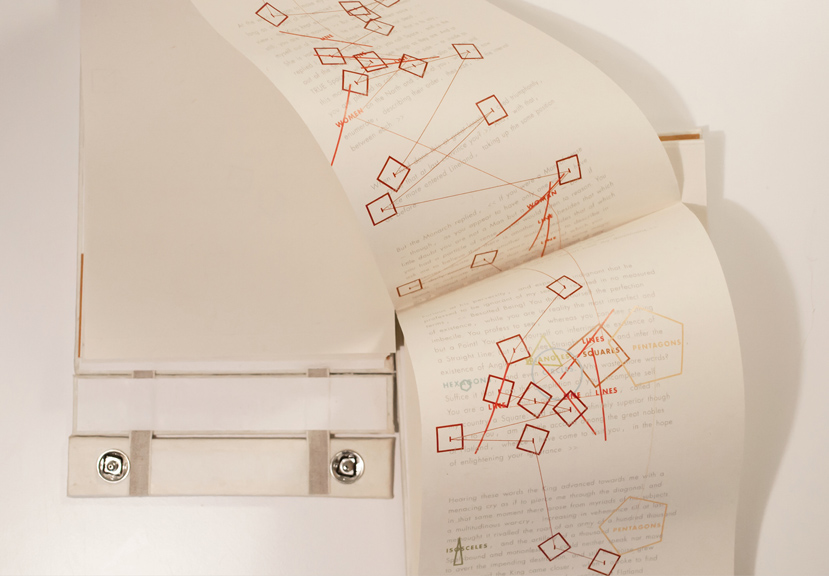
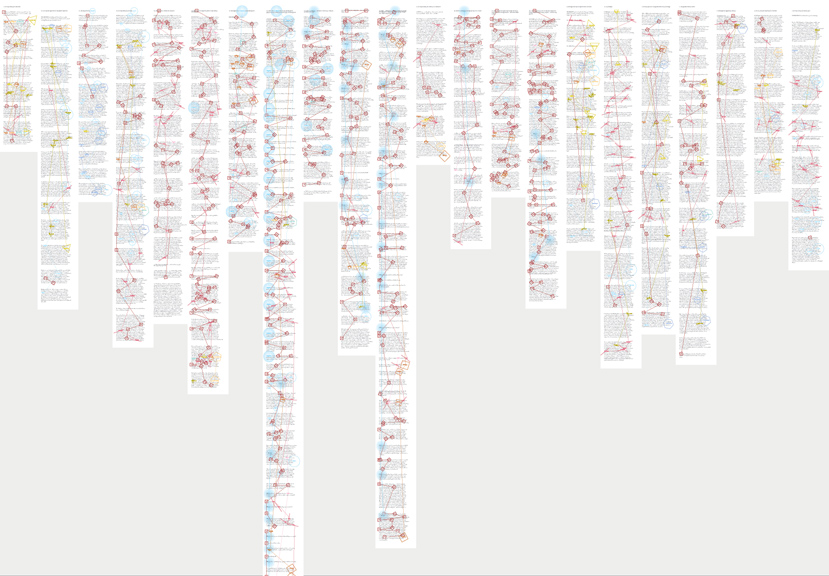
Data Visualization & Accordian Fold Book
—
This interpretation of the 1884 satirical novella Flatland by Edwin Abbott creates a textual landscape of the characters in the novella. In the story, the two-dimensional characters are divided by a social hierarchy determined by their shapes. More equilateral shapes have higher social standing.
Thinking of the characters in the text as a data set of shapes, I used Scriptographer to create a tool in Adobe Illustrator to plot each successive instance when a character is named. The resulting visualization is a landscape created by mapping Flatland’s characters as the reader moves through the text.
The book is accordion folded with a wrap around spine. The front and back covers are held together by snaps that can be released to allow the book to lay as a continuous page, emphasizing the data visualization